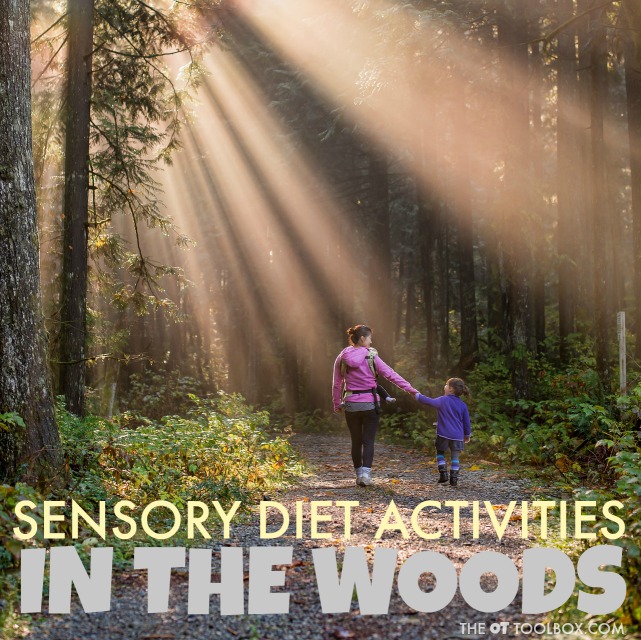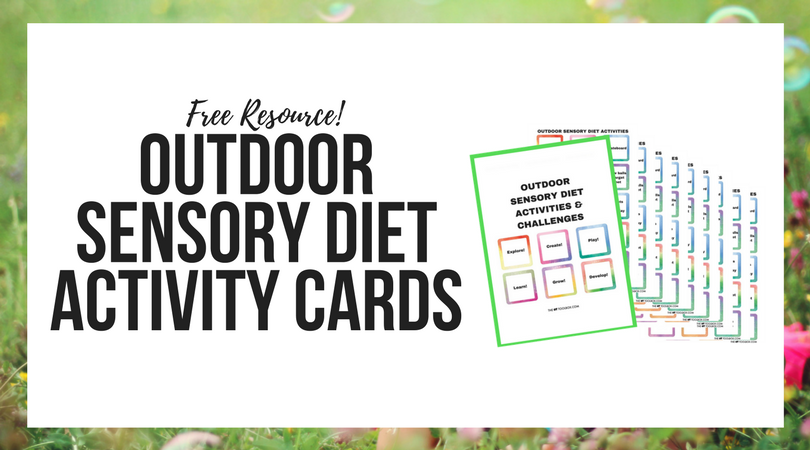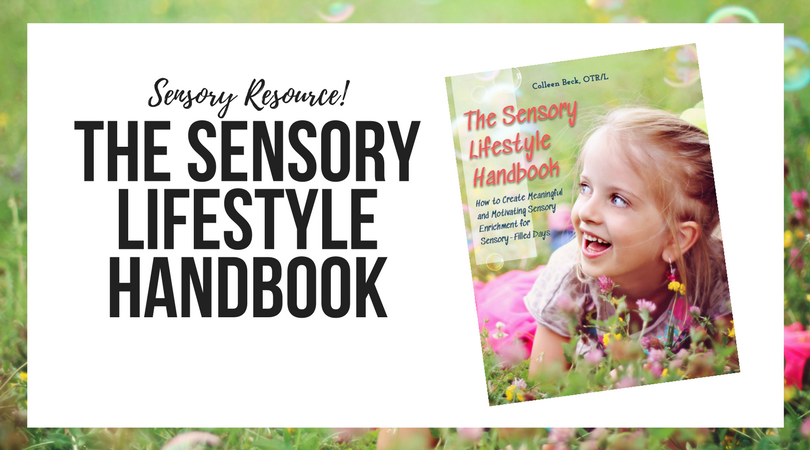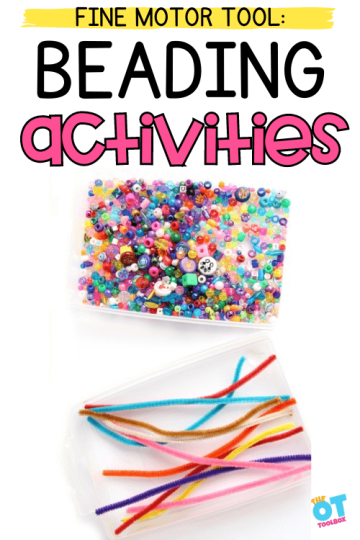Kids just don’t get much time to play outdoors anymore. We talked about the impact that reduced outdoor play has to do with sensory processing needs in kids in our recent Outdoor Sensory Diet Activities post. We chatted about the benefits of outdoor play in a typically developing child as well as those with sensory processing needs. This post covers the benefits of playing in the woods or a wooded area of a backyard or park. This might be a great recommendation for families who are going camping this summer and need some sensory strategies. Playing in the woods offers so many opportunities for sensory input, movement, gross and fine motor work. Not only that, but playing in the woods is a calming and organizing way to play!
These activities can be used as part of a sensory diet of specific activities and sensory tools designed to meet specific needs of an individual.
This will help when explaining about what a sensory diet is and what a sensory diet looks like for kids with sensory needs.
These ideas would be a great addition to all of our summer occupational therapy activities here on The OT Toolbox!
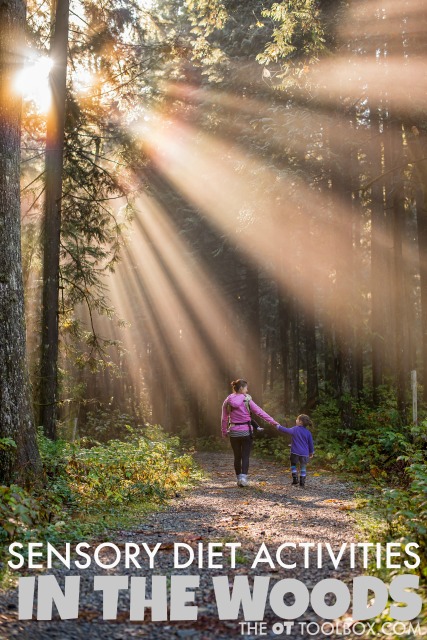
Disclaimer: When therapists develop a specific and highly individualized sensory diet, it’s not just throwing together a day filled with sensory input. A sensory diet is a specific set of sensory tools used to meet and address certain needs of the individual based on sensory need and strategizing. Each of the sensory diet activities above should meet specific needs of the child. Every child is different so applying sensory input to one child may look very different than that of another. Parents should use the tactics below along with your child’s occupational therapist.
Wooded Area Sensory Diet
Fallen tree balance beam
Jump in leaves
Climb small trees
Look Up scavenger hunt
Bird watch
Touch tree trunks
Natrue collection
Picnic in the woods
Magnifying glass to find bugs
Lift rocks and inspect what’s underneith
Hike
Climb rocky areas
Play in streams
Climb steap hills
Ride bikes on a trail
Bug hunt
Collect sticks
Build a fort
Climb trees
Scent scavenger hunt
Carry a backpack full of supplies
Accommodations for addressing sensory needs in a wooded area
How to incorporate sensory play into playing outside
It’s a fact that kids are spending less time playing outdoors. From after-school schedules to two working parents, to unsafe conditions, to increased digital screen time, to less outdoor recess time…kids just get less natural play in the outdoors. Some therapists have connected the dots between less outdoor play and increased sensory struggles and attention difficulties in learning.
- 90 outdoor sensory diet activities
- 60 outdoor recess sensory diet activities
- 30 blank sensory diet cards, and 6 sensory challenge cards
- They can be used based on preference and interest of the child, encouraging motivation and carryover, all while providing much-needed sensory input.
- Research tells us that outdoor play improves attention and provides an ideal environment for a calm and alert state, perfect for integration of sensory input.
- Outdoor play provides input from all the senses, allows for movement in all planes, and provides a variety of strengthening components including eccentric, concentric, and isometric muscle contractions.
- Great tool for parents, teachers, AND therapists!
More about outdoor sensory diet activities
